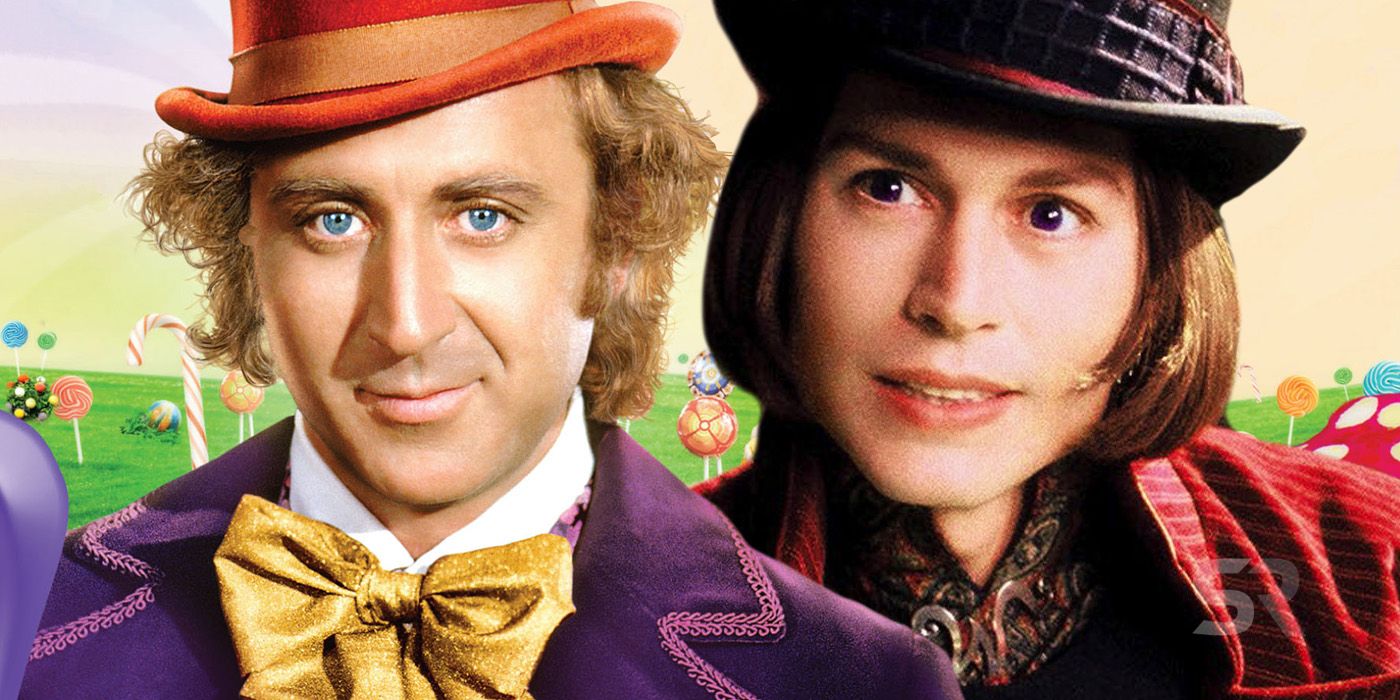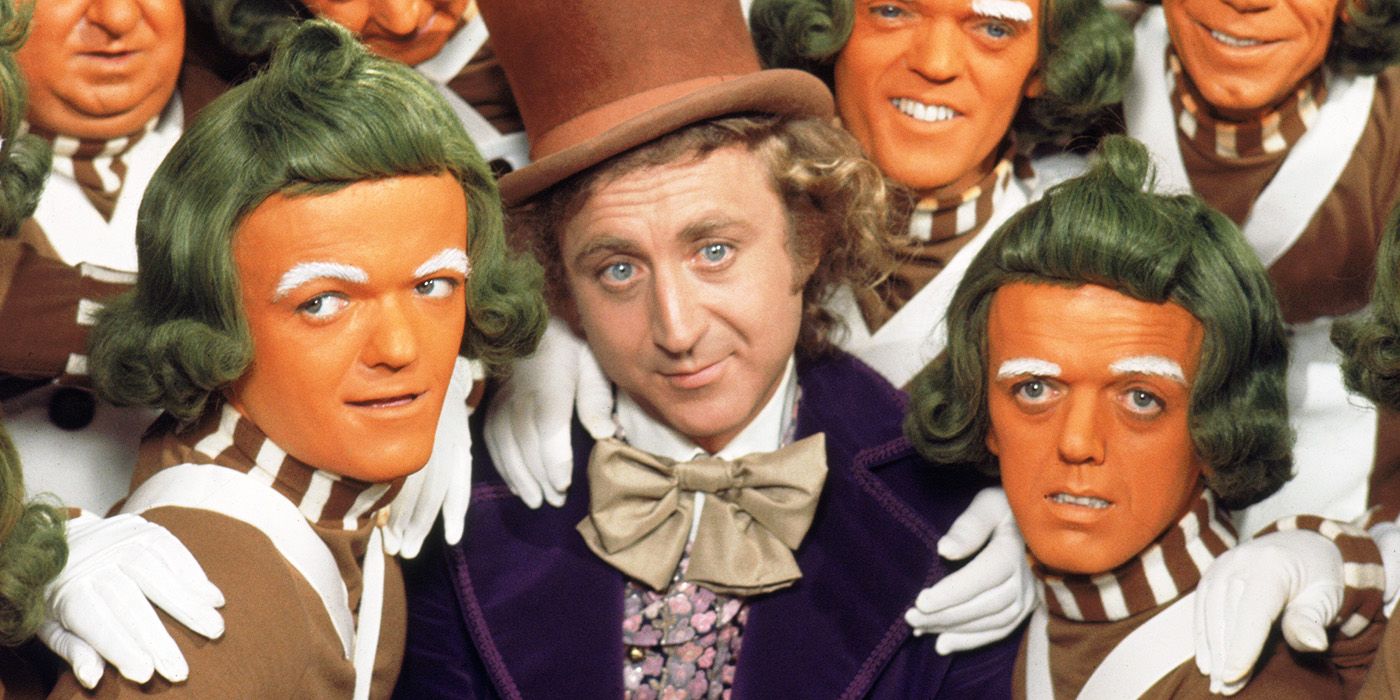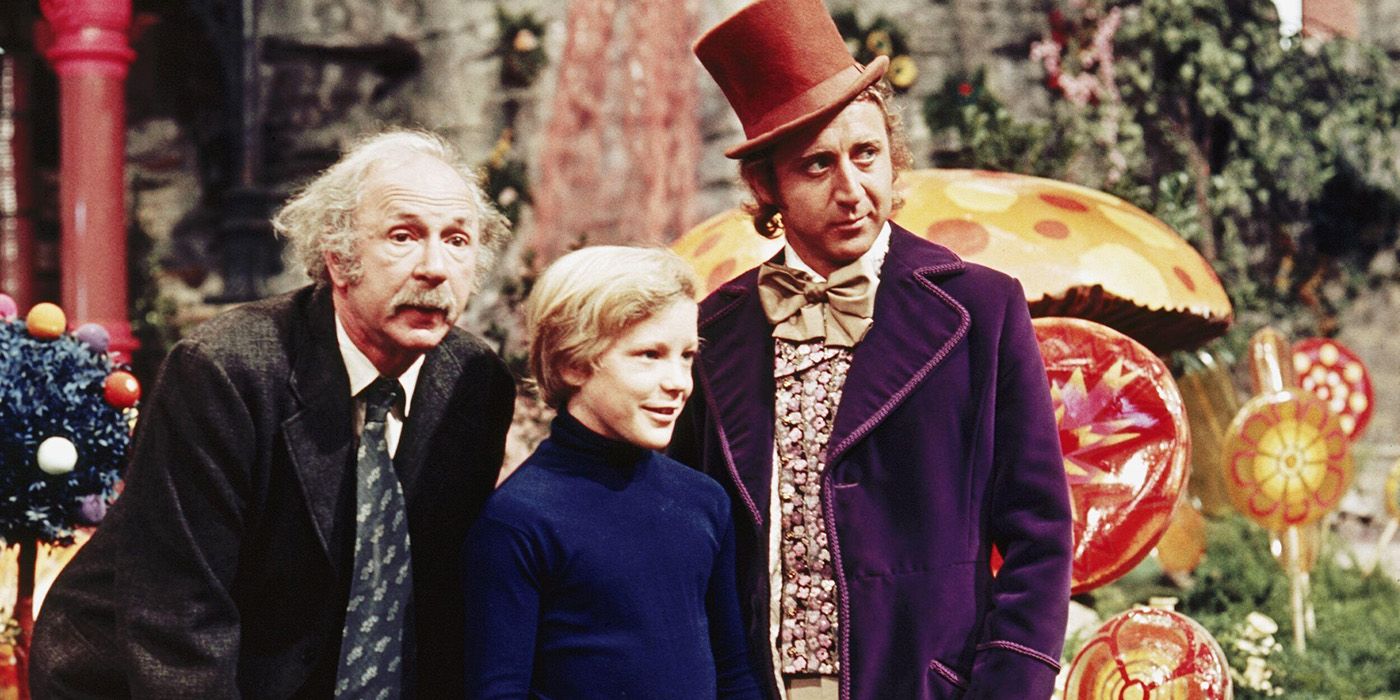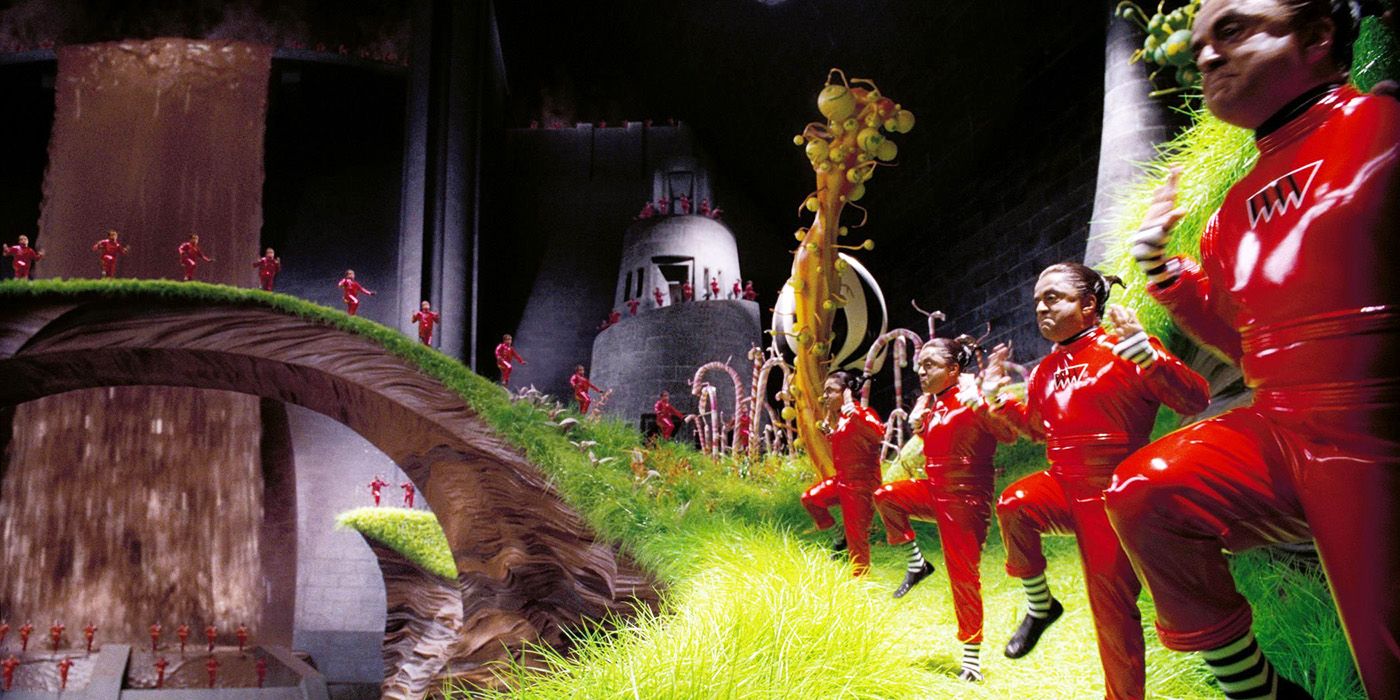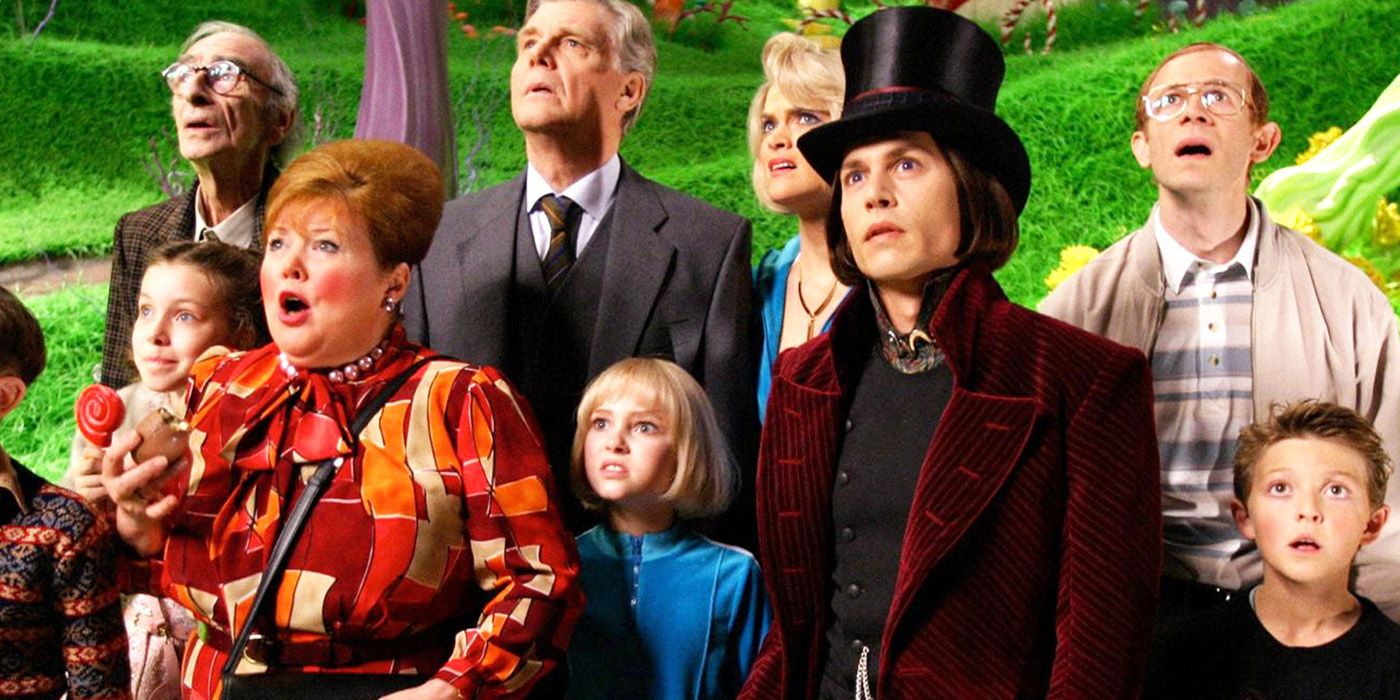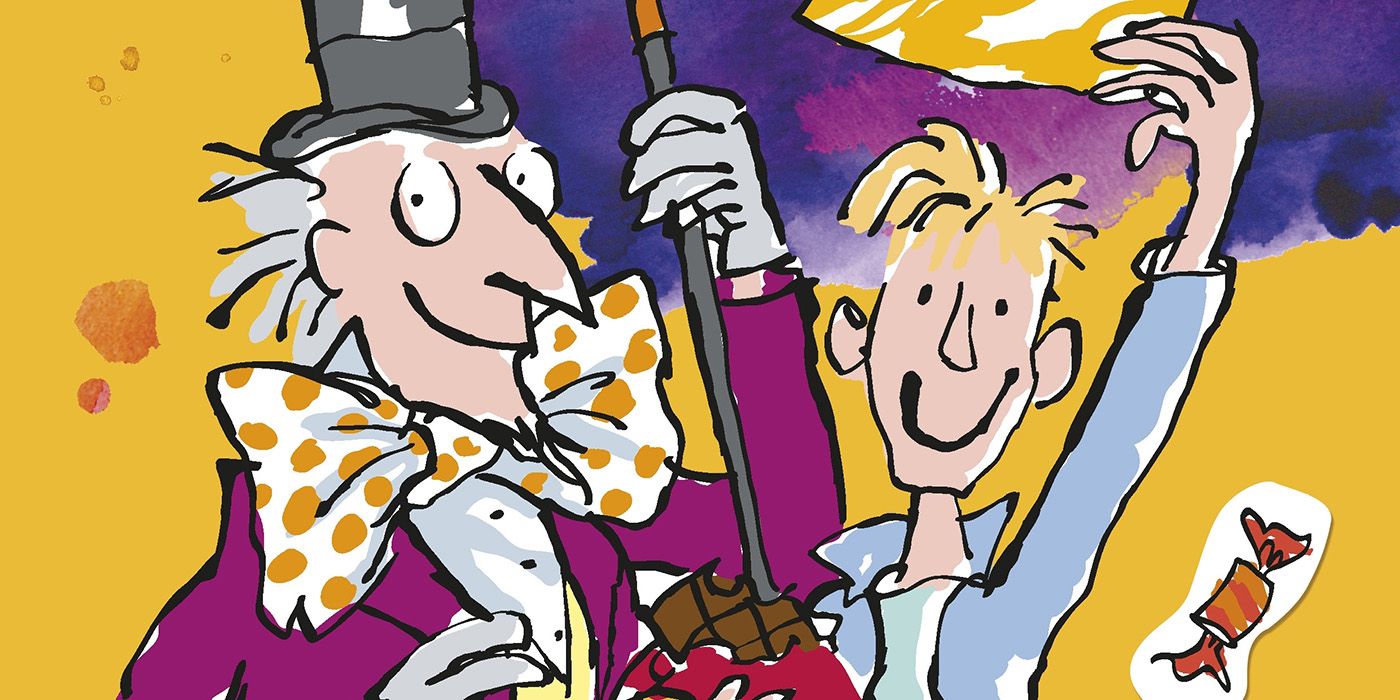Summary
- The 1971 film Willy Wonka & the Chocolate Factory is a beloved classic that captures the imagination with vibrant sets, memorable songs, and a heartfelt narrative.
- The 2005 film Charlie and the Chocolate Factory offers a different take on the source material, delving deeper into Willy Wonka's backstory and emphasizing the peculiar and sometimes macabre aspects of the story.
- Burton's version is more faithful to the original book, with songs directly lifted from the novel and characters and their flaws staying truer to their descriptions.
Roald Dahl’s Charlie and the Chocolate Factory has been adapted twice, and Willy Wonka vs. Charlie and the Chocolate Factory is a commonly heated debate given their drastically different portrayals. 1971's Willy Wonka & the Chocolate Factory has etched itself into the hearts of audiences worldwide, becoming a cultural touchstone that transcends generations. Starring Gene Wilder as the eccentric candy manufacturer, the whimsical tale captures the imagination through its vibrant set designs, memorable musical numbers, and a heartfelt narrative that explores themes of innocence, greed, and the sheer joy of wonder.
In stark contrast, the 2005 movie directed by Tim Burton, Charlie and the Chocolate Factory, offers a distinctly different vision that delves deeper into the source material's more eccentric elements. Starring Johnny Depp as Willy Wonka, this version is noted for its closer adherence to Dahl's original narrative, including some exploration of Wonka's backstory and a heightened emphasis on the peculiar and sometimes macabre. While both films share the same foundational story, Burton's approach reinterprets the material through a lens that blends the fantastical with the bizarre, leading to the Willy Wonka vs. Charlie and the Chocolate Factory debate.
2023 prequel Wonka fills in the story of Willy Wonka's early years, though isn't directly adapting any Roald Dahl novel. It is, however, canonically set before 1971's Willy Wonka & the Chocolate Factory.
Watch Willy Wonka & the Chocolate Factory on Max
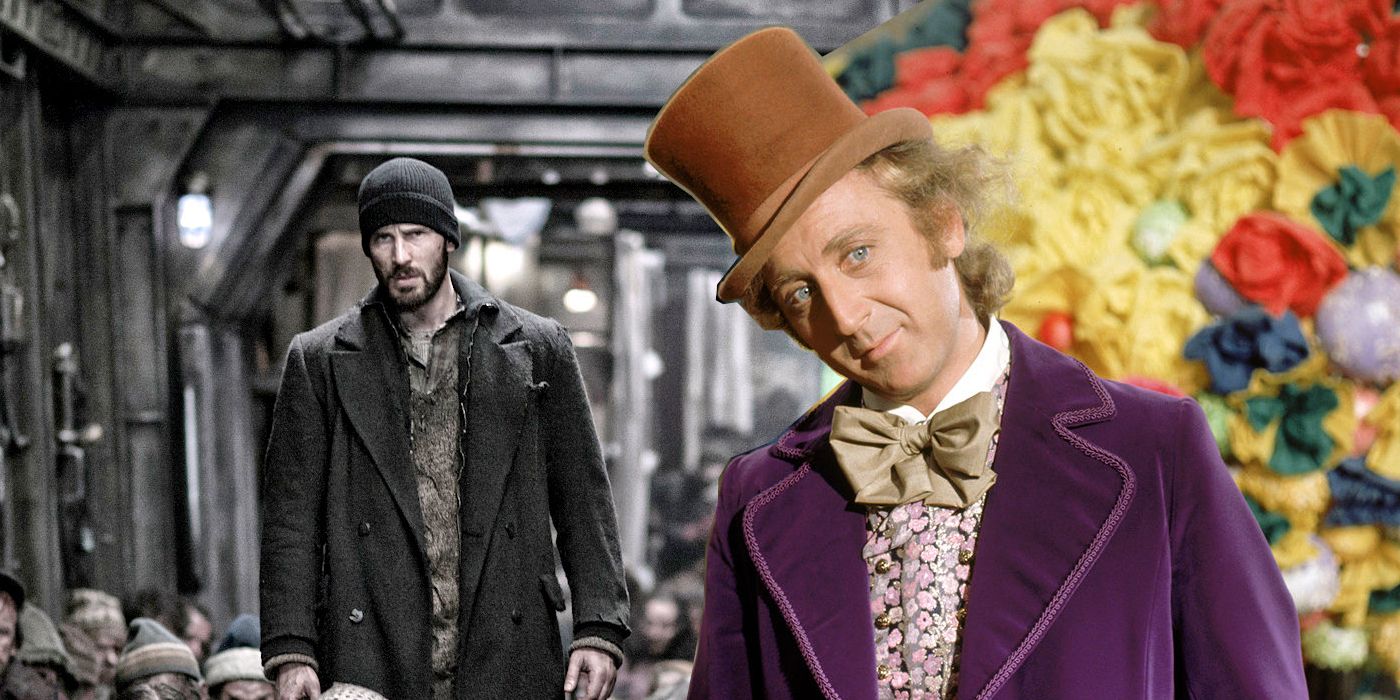
Theory: Snowpiercer Is A Sequel To Willy Wonka
Snowpiercer is a sequel to Willy Wonka and the Chocolate Factory some are saying, and, despite their differences, it may not be as crazy as it sounds.Willy Wonka In the Original Movie & Tim Burton’s Remake
Burton's Version Of Wonka Is More Faithful To The Novel
Wonka’s reputation as a candymaker is unlike any other, as he’s known for creating truly unique candies that are a whole experience rather than just a regular sweet. The Charlie and the Chocolate Factory book describes Wonka as a man with a black top hat, a purple jacket, silver gloves, bottle-green pants, and a cane. Both big-screen versions of Willy Wonka are different from the one in the book, but they keep some characteristics. Wilder’s portrayal of Wonka is eccentric and more subtle, but there’s also a lot of anger in him and a touch of evil at times.
On the other hand, Depp's performance is over the top and childlike, which is funny when seeing how much Wonka dislikes children. Depp’s version also has an evil side, and because he is not subtle like Wilder’s, it’s perceived by most viewers as a psychotic version of the character, though they both have that quality — it’s just portrayed in different ways. Depp’s is also more tragic as he was given a backstory, which explains (in part, at least) why he acts the way he does and why he isn’t fond of children and families in general.
Watch Charlie and the Chocolate Factory on Max
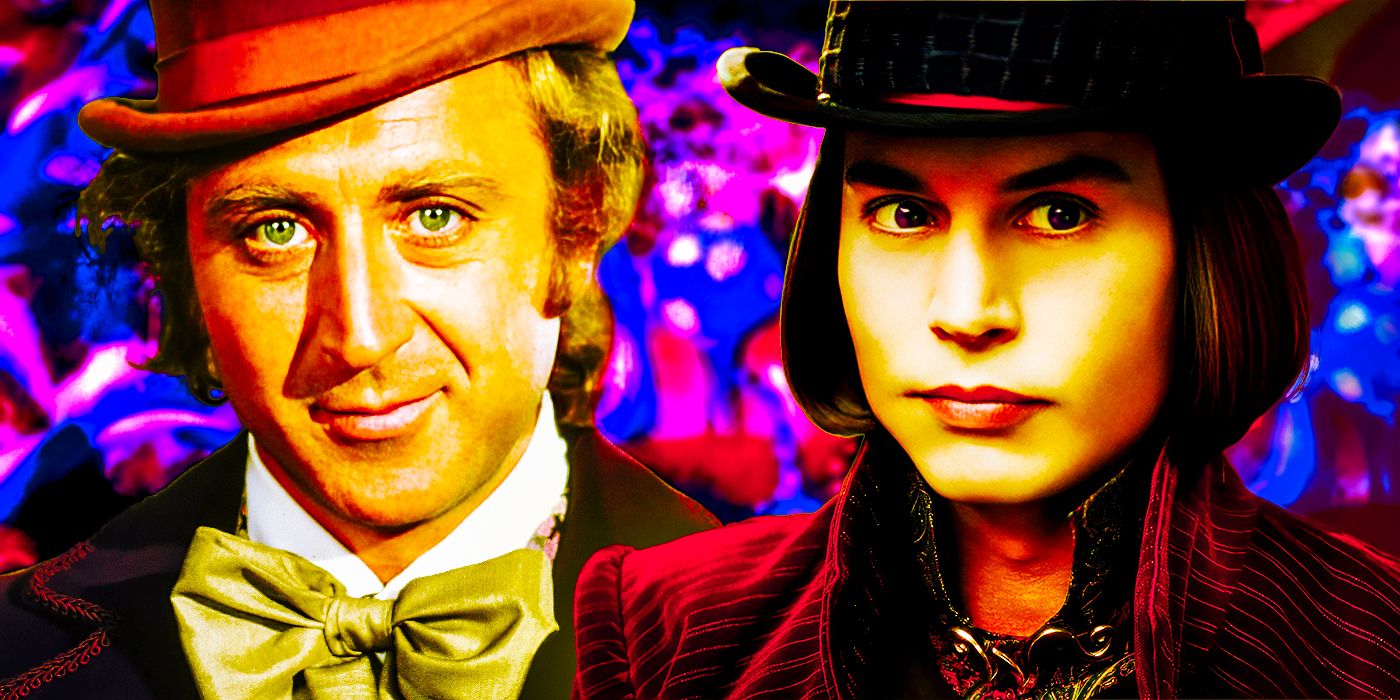
Tim Burton's Charlie & The Chocolate Factory: 10 Good Changes To The Original Willy Wonka Movie
Here are 10 good changes in Tim Burton's Charlie & The Chocolate Factory that make it better than Mel Stuart's original Willy Wonka movie from the 70sThe Oompa-Loompas
The Oompa-Loompas In The 1971 Movie Are More Mysterious But Have Less Relevance
In early editions of the novel, Oompa-Loompas were described as African Pygmies, but they were changed to be white-skinned and golden-haired, and their country of origin was Loompaland. When Willy Wonka found them, they lived in huts in the trees to escape from various creatures and were struggling to get food. Each film has had its own version of the Oompa-Loompas: in the 1971 version, they were orange-skinned, with green hair, and wore brown shirts with striped wrists and collars, and baggy lederhosen-like pants.
They were all played by different actors, whereas in Burton’s version, they were played by Star Trek 4's Deep Roy, who also played the female Oompa-Loompa, Doris. In this film, the Oompa-Loompas wore uniforms of different colors, depending on the area they worked in. Their roles were the same (as Wonka Factory workers), but they were given more relevance in Burton’s film, as they also served as Wonka’s confidants.
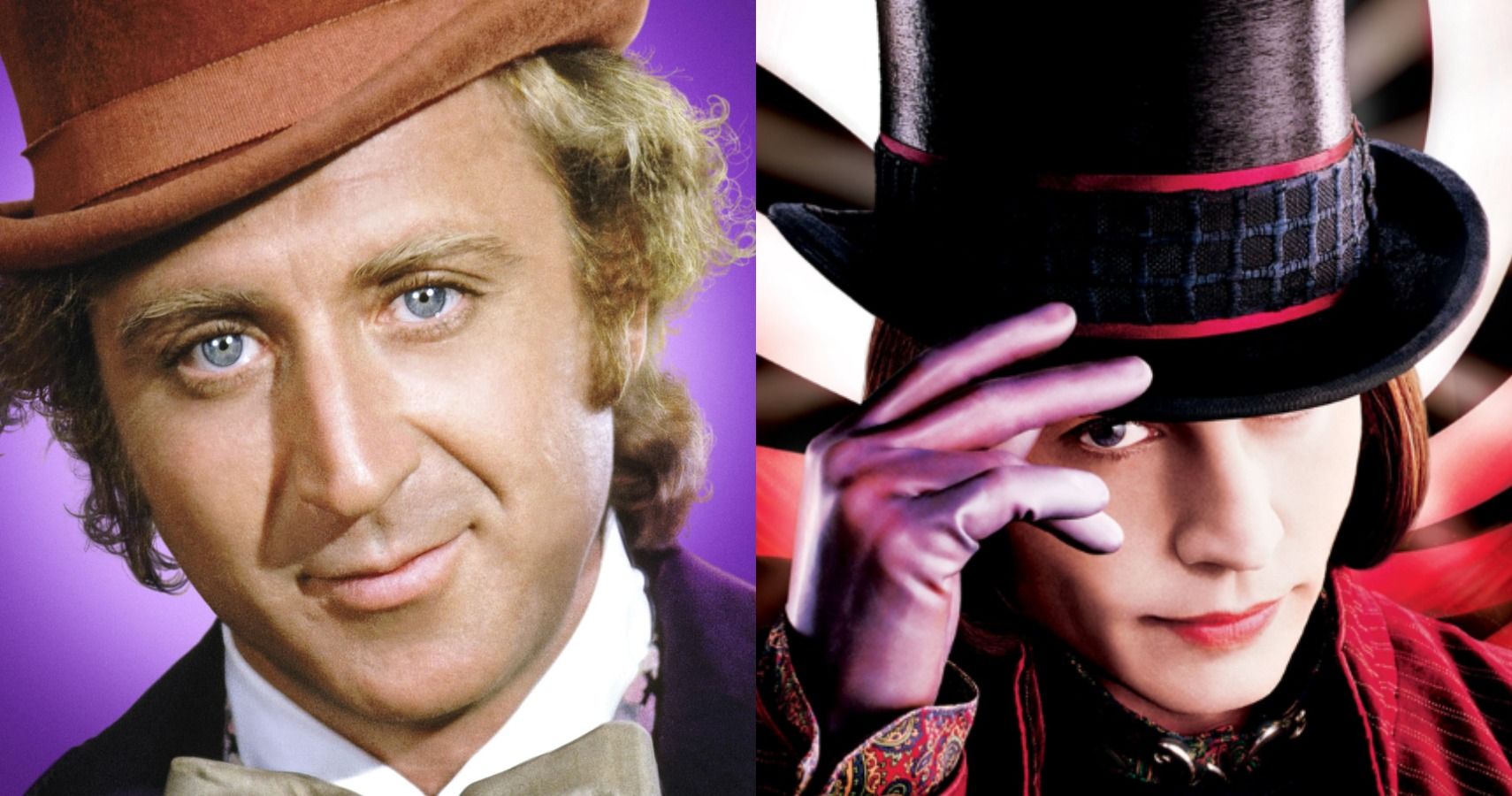
Charlie And The Chocolate Factory: 5 Differences Between The Book & The 1971 Film (& 5 From The 2005 Film)
There have been two popular Charlie and the Chocolate Factory adaptions made. Here are some differences between the book and the two movies.The Chocolate Factory
Both Movies Feature Practically Built Chocolate Rivers
The sets and effects in Willy Wonka and the Chocolate Factory may now look outdated, but they’re actually quite impressive when considering the limitations in special effects at the time. Its effects are practical, and the factory is as colorful and unreal as expected. Burton’s version, on the other hand, is more spectacular as the auteur has always put an emphasis on spectacle in his movies, and also because the technology was already advanced enough to allow him to bring heavily detailed and colorful scenarios to life.
Additionally, Burton had the technology to make horrific chocolate factory scenes like Violet blowing up into a giant blueberry and Mike getting trapped in a TV look more believable, even if some argue that Burton relied too much on CGI. It’s worth noting that the Chocolate River was a practical effect on both movies, but a bigger budget helped the production crew of Charlie and the Chocolate Factory make it look better than in the first film.
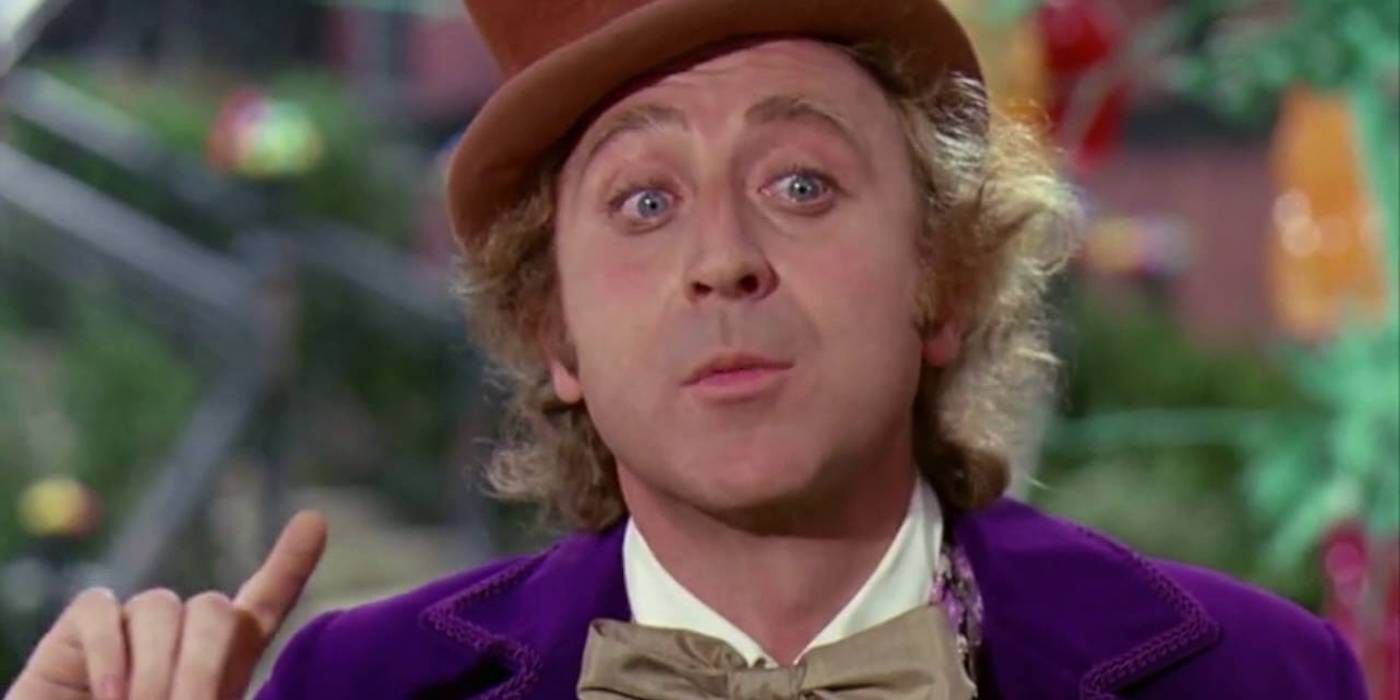
Willy Wonka and The Chocolate Factory: 10 Facts About Willy Wonka The Movie Leaves Out
Roald Dahl's novel Charlie and the Chocolate Factory is beloved, as is the 1971 film. But there are a few fun Willy Wonka facts the movie leaves out.The Story
Willy Wonka And The Chocolate Factory Feels More Like A Charlie Bucket Story, & Vice Versa
Both films follow the book's central idea: Willy Wonka hid five golden tickets in chocolate bars, and the children who found them were granted entrance to the factory. Throughout the tour, various mishaps resulted in the group being reduced more and more until only one child was left, who got a big prize at the end. Willy Wonka included scenes from the book (some of them with a couple of changes, like the “fizzy lifting drink”), and added elements that weren’t that necessary, such as turning Slugworth into a spy (who, in the book, is only a minor character).
A significant addition to the story in Burton’s version was Willy Wonka's backstory, which explained in part why he’s so dedicated to candy, why he doesn’t like children, and why he has trouble with parents and the whole concept of “family.” To some, Willy Wonka feels more like a Charlie Bucket story and Charlie and the Chocolate Factory like a Willy Wonka one, while others think it’s the other way around.
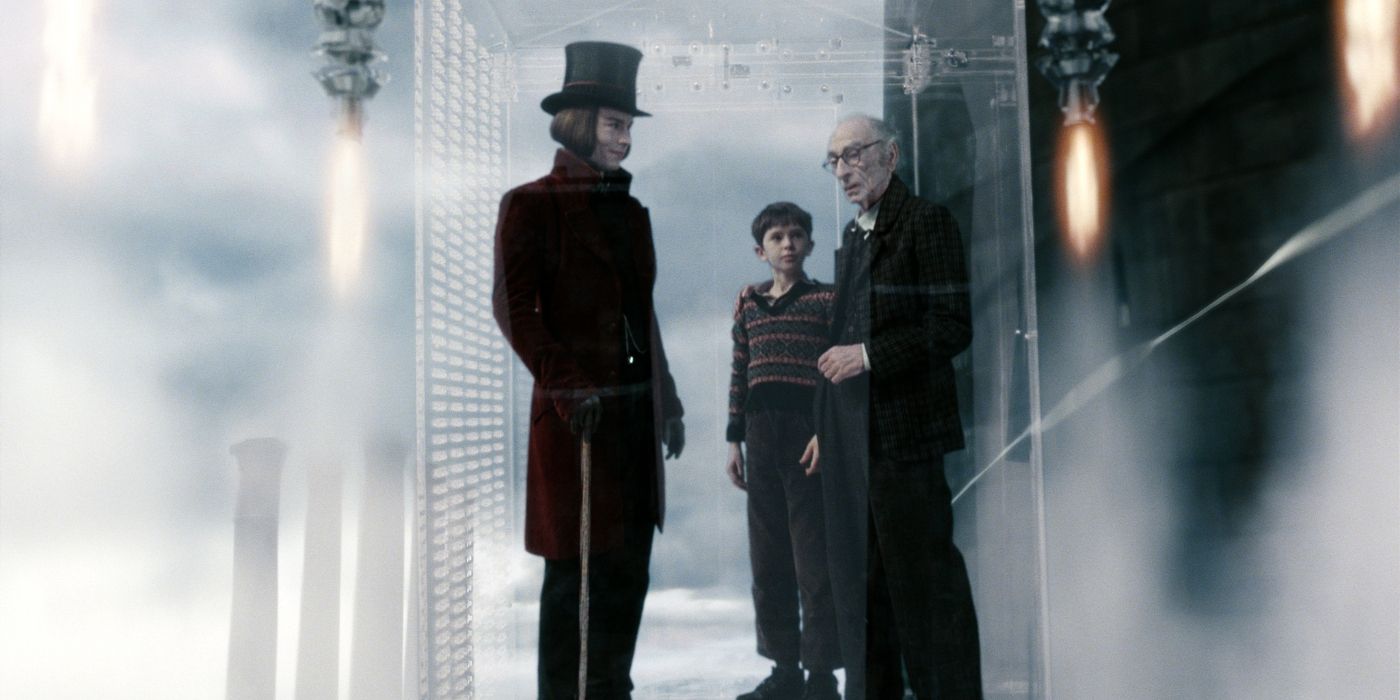
Charlie And The Great Glass Elevator Updates: A Sequel Is Happening (On Netflix)
Charlie And The Great Glass Elevator has never been adapted, but Netflix are planning to finally bring Roald Dahl's novel to life.The Songs
The 2005 Movie Directly Lifts Its Songs From The Novel
One of the most significant differences between Willy Wonka and Charlie and the Chocolate Factory is that the first one is a musical, with Wonka himself and other characters breaking into songs (such as “Pure Imagination” and “The Candy Man”). In contrast, in the second film, only the Oompa-Loompas have their musical numbers. In the 1971 film, the Oompa-Loompas’ songs are puzzles, and Burton’s version was more faithful to the book as Danny Elfman took the songs directly from the novel. However, as a result, the 2005 movie's songs a far less memorable and iconic.
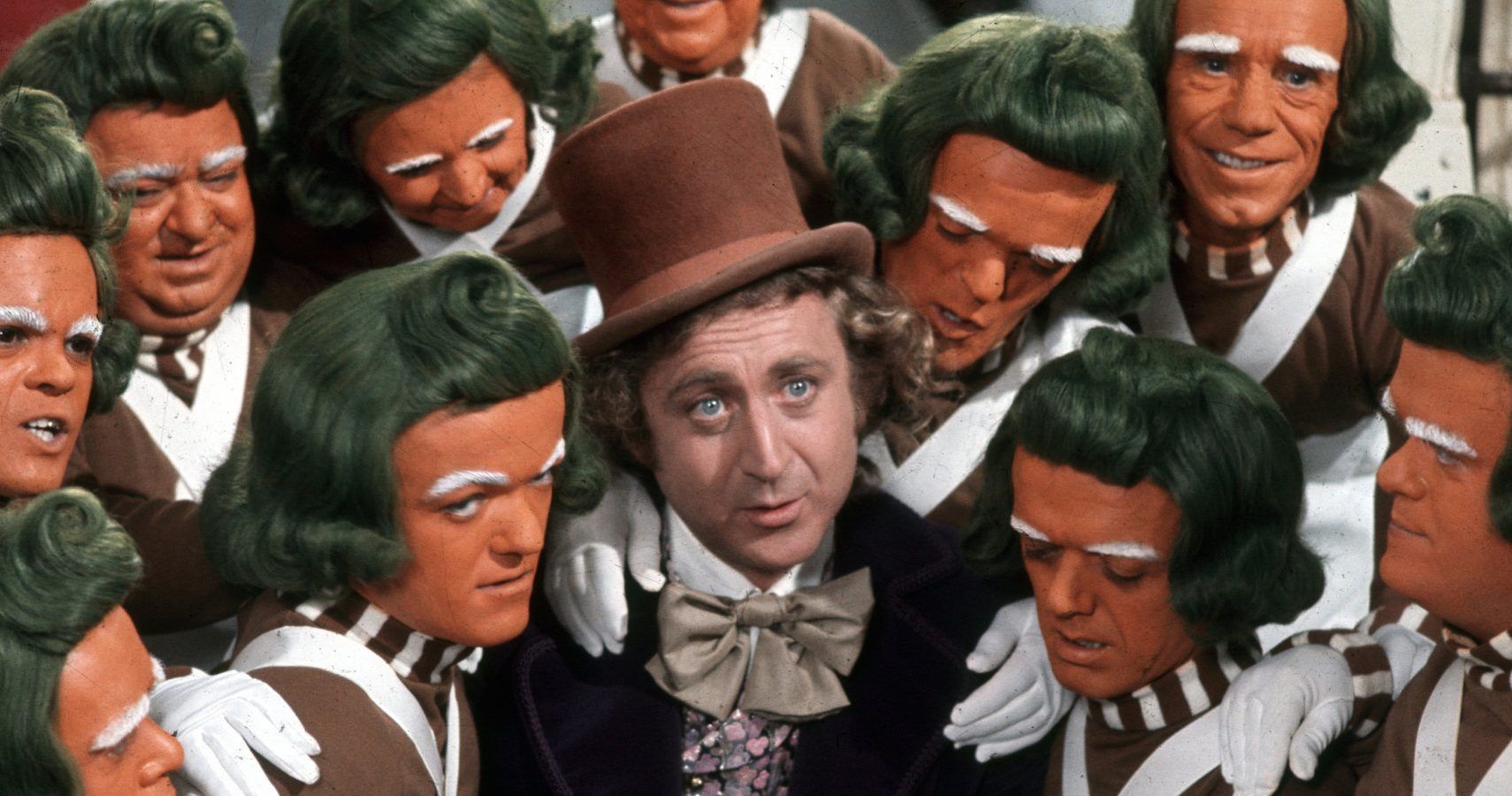
Charlie And The Chocolate Factory: 10 Facts You Didn’t Know About Oompa Loompas
The Oompa Loompas from Charlie and the Chocolate factory aren't given much focus in the films, but we've got a list of 10 facts and trivia of them!Tim Burton’s Charlie & The Chocolate Factory Is More Faithful To The Book
Roald Dahl Even Disowned The 1971 Version Because Of Its Creative Liberties
When discussing Willy Wonka vs. Charlie and the Chocolate Factory, it's worth noting that the 2005 movie is more faithful to the book. While Willy Wonka and the Chocolate Factory added many scenes from the book, many were changed for narrative and visual purposes. Both omitted some scenes from the book that weren’t important (such as the square candies that look ‘round), but the characters and their flaws (including Wonka himself), their appearance, the songs, and the factory are truer to the book’s descriptions in Burton’s version.
In addition, Charlie and the Chocolate Factory author Roald Dahl disowned the 1971 version for a number of reasons, mainly because he thought it placed “too much emphasis on Willy Wonka and not enough on Charlie”, and he wasn’t happy with Gene Wilder being cast instead of Spike Milligan (via Yahoo). Dahl also wasn’t on board with making Slugworth a spy, the way the “fizzy lifting drink” scene was written, the inclusion of music other than the Oompa-Loompa compositions, and the ending dialogue.
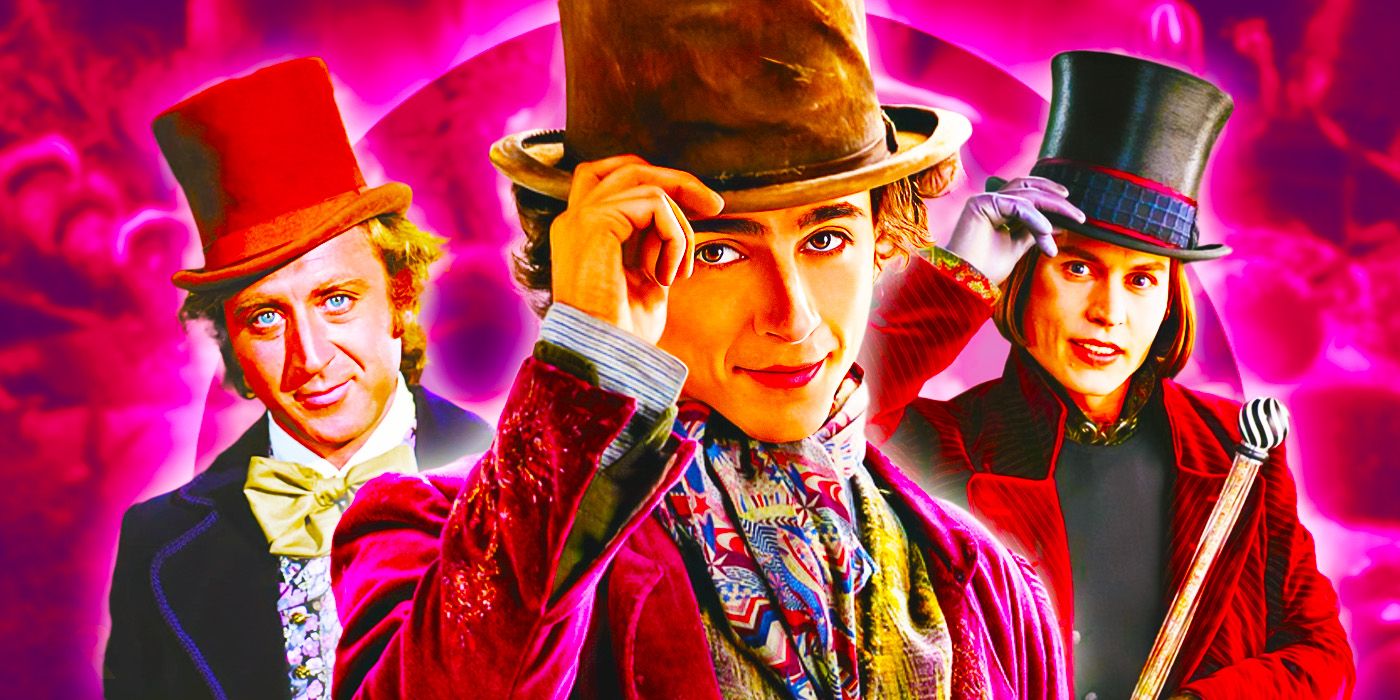
All 3 Willy Wonka Movies, Ranked Worst To Best
Thanks to the book and the movie adaptations, Willy Wonka has become a classic character. With three films having been released, we compare them.Which Version Of Charlie & The Chocolate Factory Is Better
Both Movie Adaptations Excel In Different Areas
Willy Wonka and the Chocolate Factory is more of a family film than Burton’s version (even if the tunnel scene was the source of nightmares for many) and is a true classic, but Charlie and the Chocolate Factory is a better version of Roald Dahl’s book. Burton’s version is more faithful to the book: the songs come directly from the source material, the children and their flaws are as described in the book, and Johnny Depp’s performance as Wonka, though with his own quirks and style, is more like the one in the book.
Burton modernized the scenarios and stories so they could connect with the audience, and even though Charlie and the Chocolate Factory omitted scenes from the book, it expanded on Willy Wonka’s backstory and gave other characters more screen time. Burton’s production design, accompanied by a score by Danny Elfman and the performances of Johnny Depp help make a fantasy world like the one inside Wonka’s factory believable. Highmore’s portrayal of Charlie Bucket is more moving and believable than the 1971 portrayal, as he genuinely managed to play the part of an innocent kid who comes from a humble home.
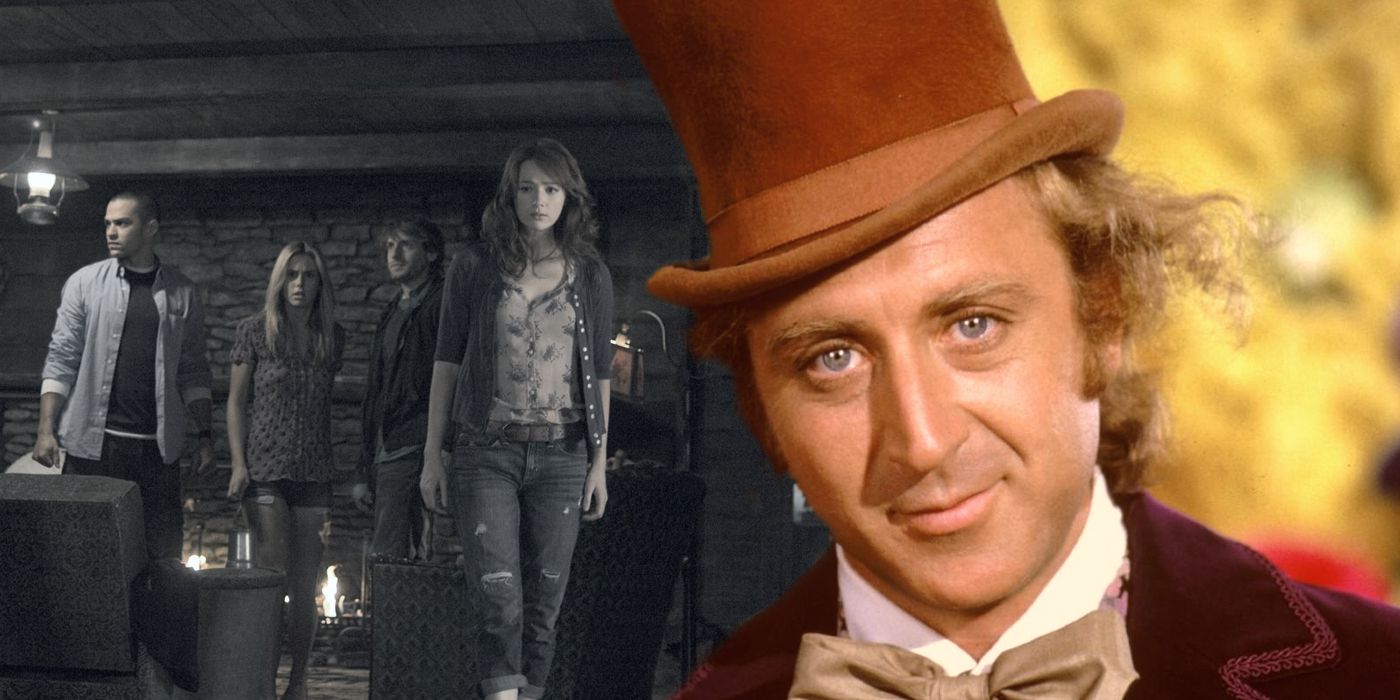
Dark Theory Claims Willy Wonka Is Performing The Cabin In The Woods Ritual
One dark and clever theory suggests that Willy Wonka's tour may have actually been a perfect cover for a Cabin in the Woods-style ritual sacrifice.Source: Yahoo
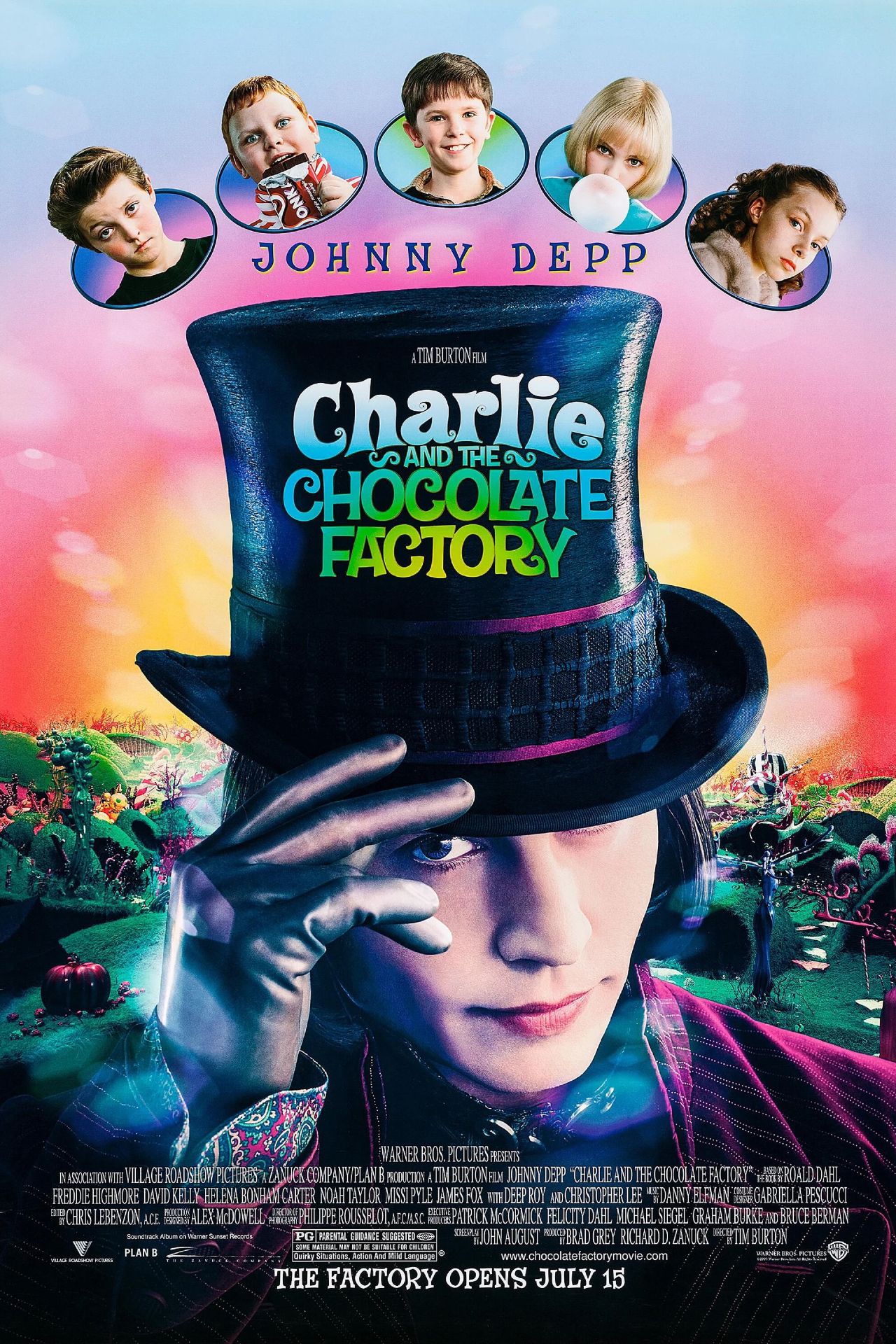
Charlie and the Chocolate Factory
In this movie based on the Roald Dahl novel, Charlie Bucket's life changes forever when he finds a Golden Ticket, allowing him to tour the famous Willy Wonka's Chocolate Factory along with four other contest winners.
- Release Date
- July 13, 2005
- Director
- Tim Burton
- Cast
- Johnny Depp , Freddie Highmore , David Kelly , Helena Bonham Carter , Noah Taylor , Missi Pyle , James Fox , Deep Roy , Christopher Lee
- Runtime
- 115 minutes
- Writers
- Roald Dahl , John August
- Studio(s)
- Warner Bros. Pictures

